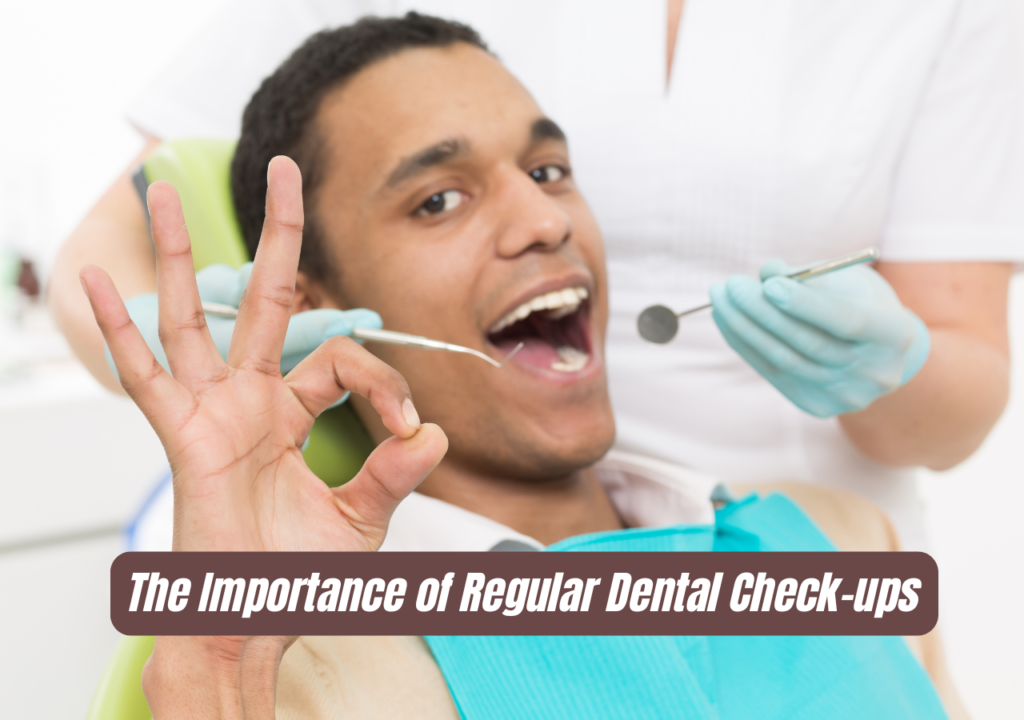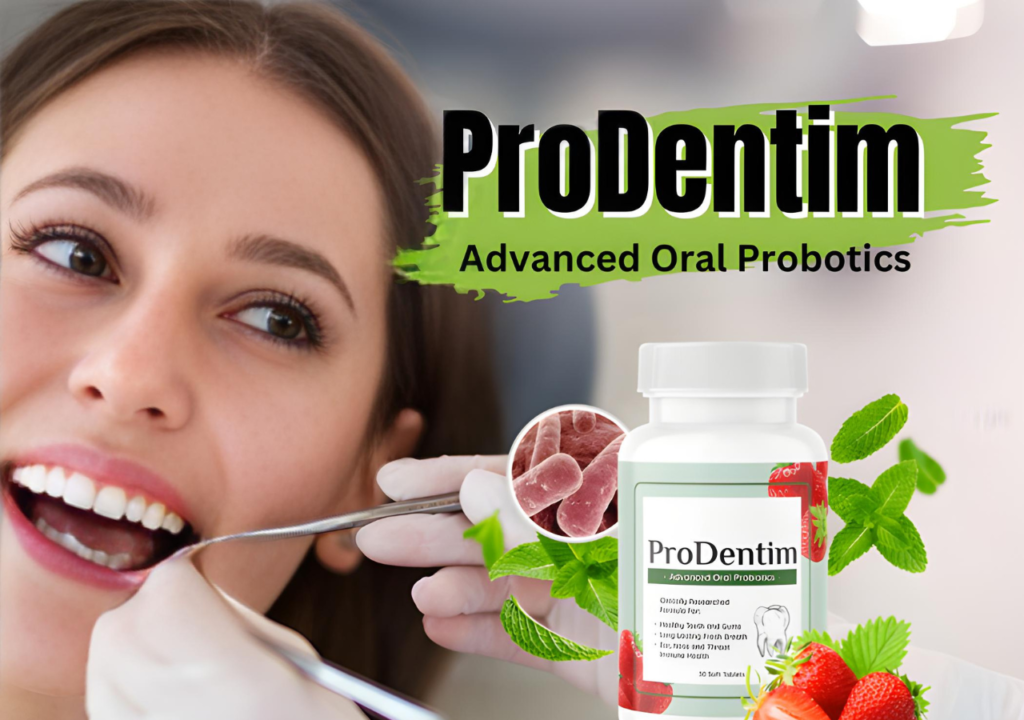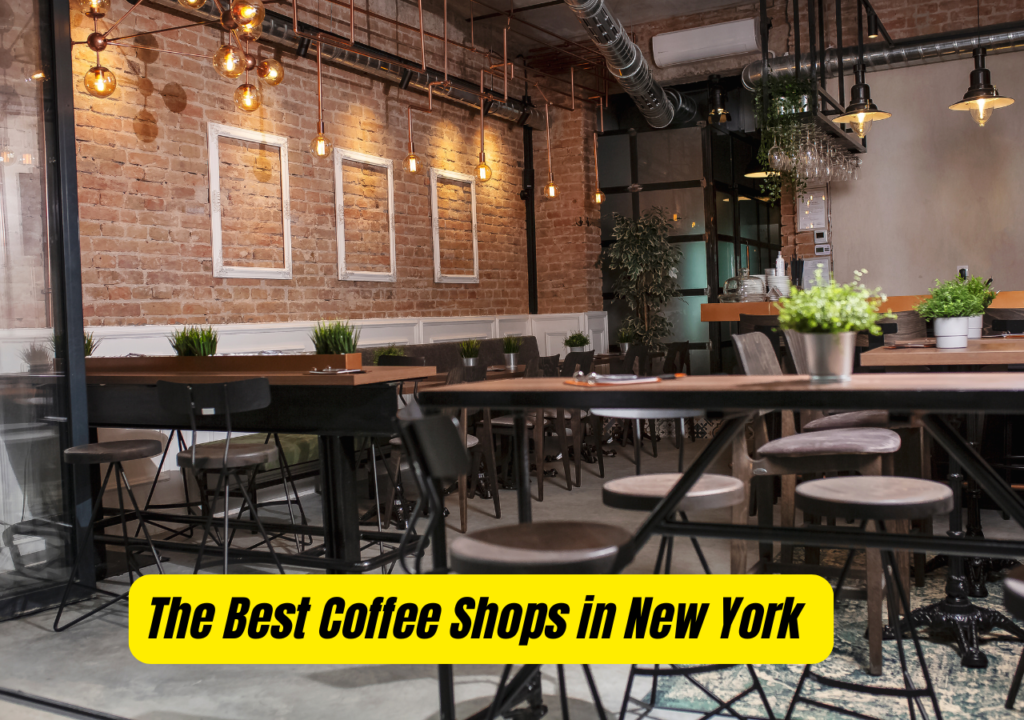Best 10 Tips to Make Your Home Pet-Friendly
Creating a pet-friendly home is essential for ensuring the safety and happiness of your furry friends. Whether you have a cat, dog, or any other pet, making your home a comfortable and secure environment is crucial. Here are the top 10 tips to help you create a pet-friendly home.
1. Secure Hazardous Areas
Ensuring the safety of your pets starts with securing hazardous areas within your home. The kitchen, bathroom, and garage are common places where dangerous substances can be found. Cleaning supplies, chemicals, and small objects can pose significant risks if ingested or played with by pets. To prevent accidents, keep these areas off-limits using child-proof locks on cabinets and drawers, and always store hazardous materials out of reach.
In the kitchen, avoid leaving food unattended on countertops. Many human foods, such as chocolate, grapes, and onions, are toxic to pets. Ensure trash bins are securely closed to prevent your pets from scavenging and ingesting harmful substances. In the bathroom, store medications in cabinets and keep the toilet lid down to avoid accidental ingestion of cleaning chemicals or water containing residues. The garage should be kept free of antifreeze, fertilizers, and other chemicals that are dangerous to pets.
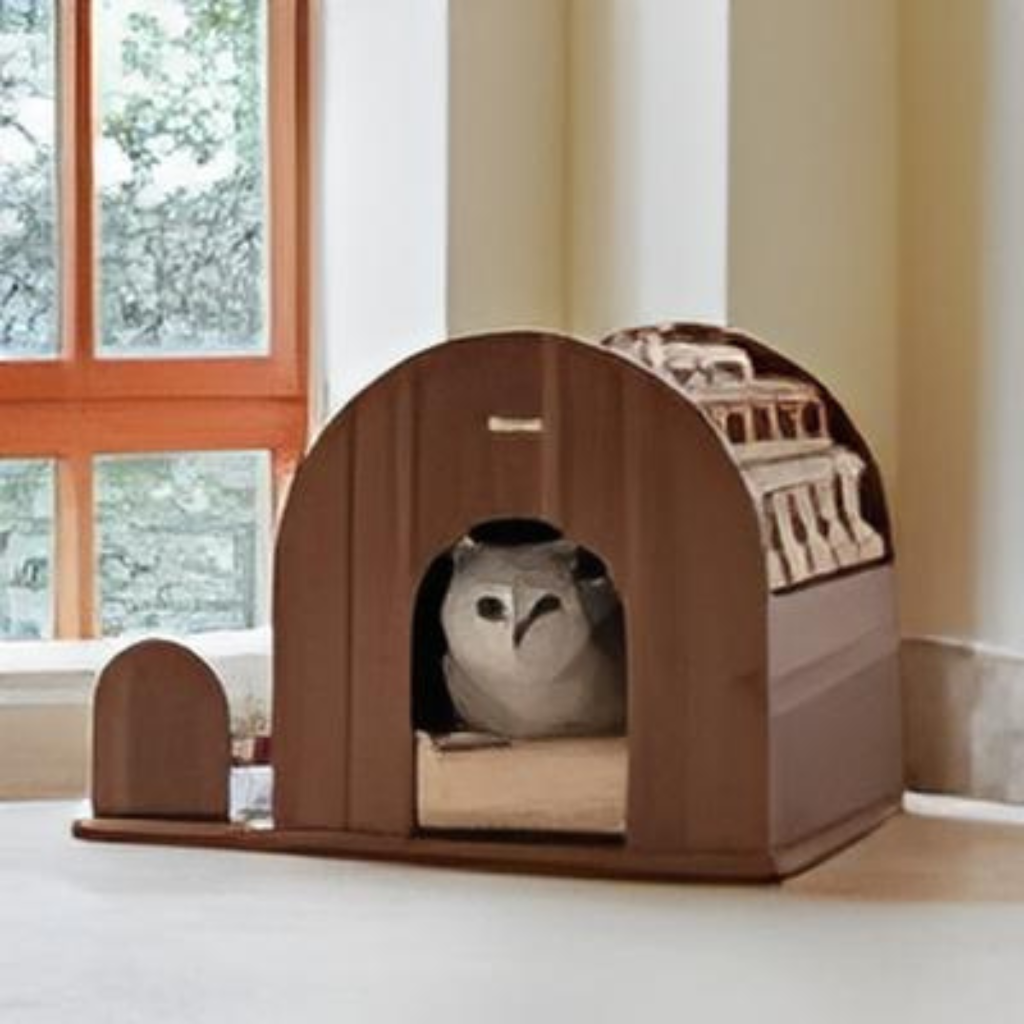
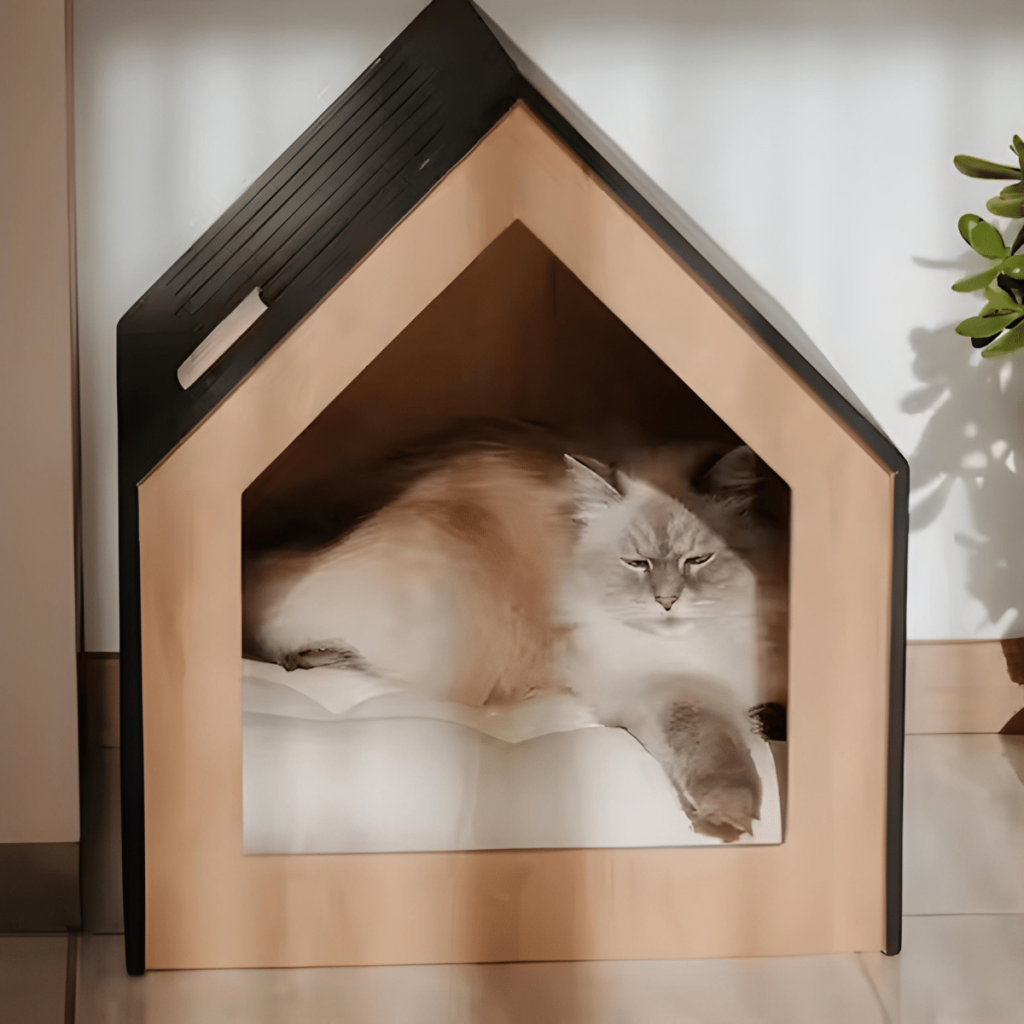
2. Provide Comfortable Bedding
Pets, much like humans, need a comfortable and dedicated space to rest. Investing in high-quality bedding tailored to your pet’s needs can significantly improve their quality of life. Cats and dogs appreciate having their own cozy spot where they feel secure and can retreat to when they need rest.
For dogs, consider orthopedic beds if they are older or suffer from joint issues. These beds provide extra support and alleviate pressure on their joints. Cats often prefer soft, warm beds placed in quiet areas where they can observe their surroundings. Regularly clean and replace bedding to ensure it remains hygienic and free from parasites like fleas and mites.
3. Use Pet-Friendly Plants
Houseplants can enhance the aesthetic of your home, but some plants are toxic to pets. To keep your pets safe, opt for pet-friendly plants such as spider plants, Boston ferns, and bamboo palms. These plants are not only safe but also add a touch of greenery to your living space.
Spider plants are easy to care for and non-toxic to both cats and dogs. Boston ferns thrive in humid environments and are safe for pets. Bamboo palms are excellent indoor plants that are safe for pets and help improve indoor air quality. Avoid plants like lilies, azaleas, and philodendrons, which are toxic to pets and can cause severe health issues if ingested.

4. Install Pet Gates
Pet gates are essential tools for managing your pet’s movement within your home. They allow you to restrict access to certain areas while giving your pets the freedom to roam in safe spaces. Choose sturdy, easy-to-install gates that can withstand your pet’s attempts to push or jump over them.
Pet gates are particularly useful in homes with young children or during meal preparation when you need to keep pets out of the kitchen. They can also prevent pets from entering rooms with fragile items or spaces that are not pet-proofed. Retractable gates are a versatile option that can be easily moved and adjusted to fit different doorways and openings.

5. Create a Safe Outdoor Space
If you have a yard, transforming it into a safe and enjoyable space for your pets can enhance their quality of life. Ensure the yard is securely fenced to prevent your pets from wandering off or encountering dangerous wildlife. Regularly inspect the fence for gaps or weak spots that could allow pets to escape.
Provide shaded areas in your yard to protect your pets from direct sunlight, especially during hot weather. Set up a designated area with fresh water to keep your pets hydrated. If you have a dog, consider creating a digging zone where they can satisfy their natural instincts without damaging your garden. For cats, a catio (an enclosed outdoor space) can offer a safe way for them to enjoy the outdoors without the risks associated with free roaming.
6. Store Food Properly
Proper food storage is essential for maintaining the health of your pets and preventing pest infestations. Keep pet food in sealed containers to maintain freshness and prevent contamination. Ensure that human food, especially toxic foods like chocolate, onions, and certain nuts, is stored out of reach of pets.
Avoid leaving food out on counters or tables where pets can easily access it. Be mindful of foods that may be harmful to pets, such as caffeine, alcohol, and xylitol (a sugar substitute found in many sugar-free products). Educate your family and guests about the dangers of feeding pets table scraps and emphasize the importance of proper food storage.
7. Regular Grooming Area
Designating a specific area for grooming your pets helps maintain cleanliness in your home and provides a routine space for essential grooming activities. Regular grooming, including brushing, nail clipping, and bathing, is crucial for your pet’s health and hygiene.
Choose a space that is easy to clean and has access to water for bathing. Use non-slip mats to prevent accidents and have all grooming supplies readily available. Regular brushing helps reduce shedding and prevents matting, while nail clipping prevents overgrown nails that can cause discomfort and injury. Make grooming a positive experience for your pets by rewarding them with treats and praise.
8. Pet-Proof Your Furniture
Protecting your furniture from pet-related wear and tear can be achieved by using pet-friendly covers and selecting durable materials. Avoid delicate fabrics that can be easily scratched or stained. Instead, opt for materials like microfiber or leather, which are more resistant to damage and easier to clean.
Consider investing in furniture specifically designed for pet owners. These pieces often feature reinforced seams, stain-resistant fabrics, and easy-to-clean surfaces. Pet-friendly covers can be used to protect your existing furniture from scratches, hair, and dirt. Regularly vacuum and clean furniture to remove pet hair and maintain a clean living environment.

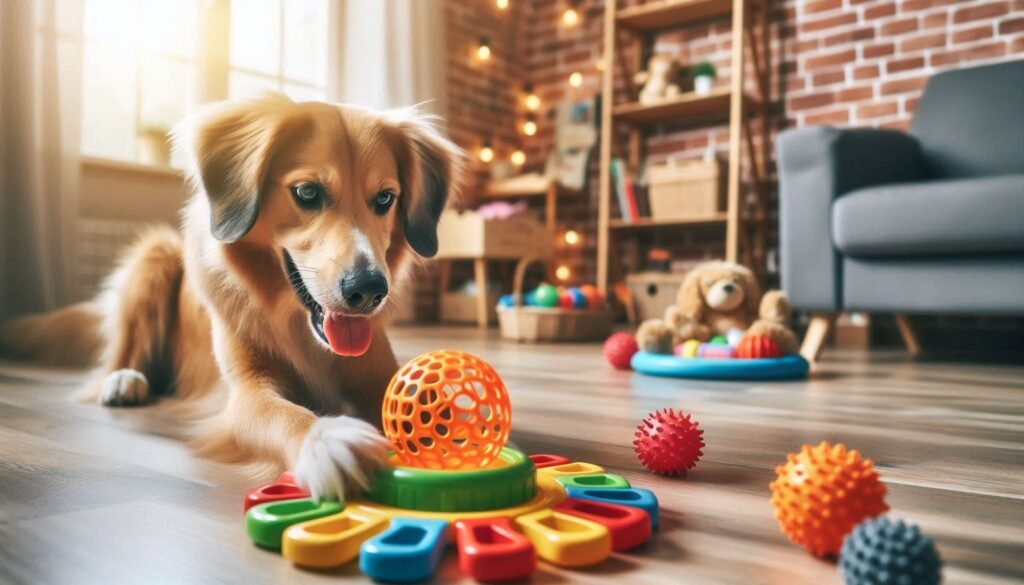
9. Offer Enrichment Toys
Mental stimulation is vital for your pet’s well-being. Providing a variety of toys and enrichment activities keeps your pets entertained and prevents boredom-related behaviors. Puzzle feeders, chew toys, and interactive games are excellent choices for promoting mental engagement.
Rotate toys regularly to keep your pets interested and introduce new challenges. Puzzle feeders can slow down eating and provide mental stimulation as pets work to access their food. Chew toys help maintain dental health and provide an outlet for natural chewing instincts. Interactive games, such as laser pointers for cats or fetch for dogs, encourage physical activity and strengthen the bond between you and your pets.
10. Ensure Proper Identification
Proper identification is crucial for the safety of your pets. In case they get lost, having up-to-date identification increases the chances of a safe return. Ensure your pets have collars with ID tags that include your contact information. Microchipping is another effective method of identification that provides permanent and tamper-proof information.
Regularly check that ID tags are legible and securely attached to collars. Update the information on the tags and microchip database whenever there are changes to your contact details. Microchipping is a simple procedure performed by a veterinarian, and it significantly increases the likelihood of reuniting with your pet if they go missing.

-
Brown Wooden Cat House | Dog House
Original price was: ₨ 16,499.₨ 11,999Current price is: ₨ 11,999. -
Candy Jar | Handmade Wooden Candy Jar | Pakistani Handicraft Nakashi Candy Jar
Original price was: ₨ 4,449.₨ 3,999Current price is: ₨ 3,999. -
Cat House | Brti Cat House | Indoor Puppy House | Pet House
Original price was: ₨ 30,000.₨ 28,499Current price is: ₨ 28,499.
FAQs
1. What are some common household items that can be dangerous to pets? Common dangerous items include cleaning supplies, certain houseplants, human medications, chocolate, and small objects that pets can swallow.
2. How can I make my yard safer for my pets? Ensure the yard is securely fenced, provide shaded areas, keep fresh water available, and remove any toxic plants or hazardous materials.
3. What should I consider when choosing furniture for a pet-friendly home? Opt for durable, easy-to-clean materials and avoid delicate fabrics. Use pet-friendly furniture covers to protect your furniture from scratches and pet hair.
4. How often should I groom my pets to keep my home clean? Regular grooming, such as brushing and nail clipping, should be done weekly. Bathing depends on the pet’s breed and lifestyle but is typically done every 4-6 weeks.
5. Why is proper identification important for pets? Proper identification, such as collars with tags and microchips, ensures that pets can be quickly and easily identified if they get lost, increasing the chances of a safe return.
The Importance of Regular Dental Check-ups: Preventing Major Oral Health Issues
Caring for the health of teeth is very crucial to one’s health of the body….
Is Social Media Bad for Mental Health?
Is Social Media Bad for Mental Health? Exploring the Impact on Well-Being Social media has…
Probiotics Specially Designed for the Health of Your Teeth and Gums
Brand New Probiotics Specially Designed For TheHealth Of Your Teeth And Gums Try ProDentim: a unique…
The Health Benefits of Daily Coffee Consumption: Boost Your Focus, Mood, and More
Introduction: Coffee can be described as one of the most popular beverages in the globe,…
Top 5 Amazon Coffee Makers for Perfect Brews: Discover Your Ideal Coffee Machine
offee occupies an important place in many people’s lives, it is not only drink which…
Top 5 Best Coffee Shops in New York for a Perfect Coffee Date
When it comes to choosing the perfect coffee shop for a romantic coffee date in…






